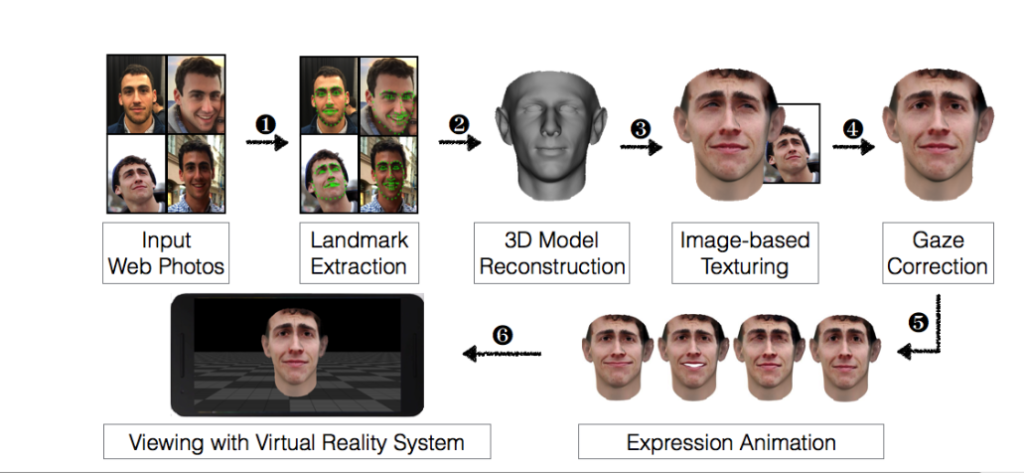Facial recognition technologies have failed once again when it comes to security. A team of researchers has demonstrated how bio metric authentication with facial recognition can be defeated by using photographs from Facebook and constructing a virtual reality model that matches the algorithm definitions of the human.
Facebook Can Be a Tool to Defeat Facial Recognition Measures
A team of researchers from the University of North Carolina has described the technique as Virtual reality-based spoofing attacks. Their analysis shows that the biometric security measures mainly rely on color image data and camera motion unless other sources of verifiable data are present. This type of verification method is prone to attacks made by virtual reality technology.
There have been several noteworthy problems with facial recognition methods, such as those discovered in several banking mobile applications. The researchers have discussed their novel approach that bypasses the contemporary facial recognition systems. They use photographs of users from social media such as Facebook and use them to construct realistic 3D facial models. The framework used employs virtual reality systems which allow animations of the model such as smiling.
The constructed face is displayed on a screen of a VR device and as the device is used the virtual expressions mimic a real person. To the observing facial recognition model, this matches the profile of a realistic human face and security is bypassed.
The experts note that there are systems that can prevent spoofing attacks by utilizing various techniques. However as the resources and knowledge that malicious users employ in their attacks are a formidable threat to every security system. Most security systems have shortcomings that have been noted by the experiment. A lot of the facial recognition software depends on gaze direction during the biometric authentication; the systems fail to identify if the user is looking at the device. In the research paper, the team also gives some suggestions for improving current technologies to prevent real life attacks.
The results of the study are published in the paper titled “Virtual U: Defeating Face Liveness Detection by Building Virtual Models from Your Public Photos”. For more information, you can download it here.




